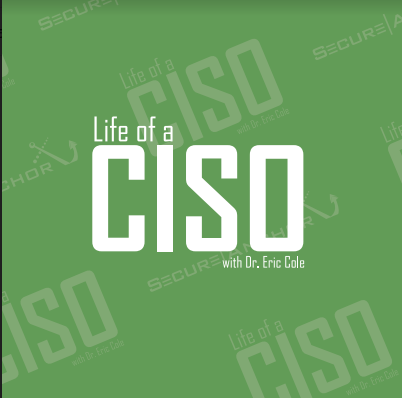Offense Must Inform the Defense – Is Your Cyber Security Program Fixing the Right Problems
Introduction
To solve a problem, you must understand the problem that needs to be solved and identify the optimum solution. The problem with
This is accomplished by looking at how the offense operates and functions. To win at security,
To give a quick analogy, this would be comparable to a homeowner concerned that their house is going to get robbed so they install video cameras in the front of the house, install a double deadbolt on the front door and put bars on all the windows. The problem is that the robber is going to enter via the basement door in the back of the house. In this case, the person spent significant time and money on physical security, but it did little to no good because it was not aligned with the actual threat or the real problem. While this example might seem humorous in the real world, it is a very real problem that occurs in
The main question you want to always ask is: What is the biggest threat to our organization and how do we fix it? Or, another way of looking at this is: Whether your
How an Attack Works?
To implement effective security, it is important to understand the basic requirements that are needed for an attack to be successful. The interesting part is that it does not matter whether we are talking about a physical robbery or a cyber threat, they operate in a similar manner.
If I am staying at a hotel room, that I fill with gold and you want to steal my gold, what information do you need for an attack to be
Translating this to
-
- the IP address of the system;
-
- an open port with
a listening services ;
- an open port with
- a vulnerability that can be exploited. Therefore, if you want to make it harder for an adversary to break in you need to control and manage these 3 areas.
First, you should have a list of all servers that are visible from the Internet and ask a simple question: Are all the servers required to have access in order to support the business? One of the best ways to make it harder for an adversary to break
Second, for each server that needs to be
Third, all software and services on the system should be fully patched with any extraneous software removed. Vulnerability and penetration testing must be performed to verify that there are not any known exposure points. What is interesting is over 10 years ago the main method of attack was unknown or zero-day attacks. This meant that even if your system was fully patched you could still be exploited.
Assessing Your Cyber Security
The question to ask about your cyber security is whether it is offensive friendly or defensive friendly? This surprises me how few organizations ask this question and assess how easy it would be for an adversary to break into their organization. Really what the question is asking is how well you know your organization and how much visibility you have into the exposures and vulnerabilities that exist.
The reason why assessing your
Foundation of Cyber Security
The foundations of
-
- Asset Inventory – having an accurate list of all the systems on your network. The trick is to focus in on
high risk systems orone’s that are visibility form the Internet. You cannot protect what you do not know – therefore it is critical to have an accurate up to date list of all systems.
- Asset Inventory – having an accurate list of all the systems on your network. The trick is to focus in on
- Configuration Management – the difference between a secure server and
vulnerable server is how it is configured. Once you know a system is on your network, you must know how it is configured so you can identify any exposures or vulnerabilities.
Summary
The adversary is ruthless and will not stop and is taking advantage of organizations that are sloppy. Instead of launching advanced zero-day attacks, they are just finding unpatched systems and exploiting them. Therefore, organizations must stay one step ahead of the adversary by understanding how the adversary works and making it harder for them to break in. By limiting visibility though asset inventory and configuration management, you can have an organization that is defensive friendly. To make sure this is properly maintained always ask yourself every day:͞ “What is the biggest threat to my organization and how do I fix it?”
Connect with me, anytime, at secure-anchor.com/contact.


